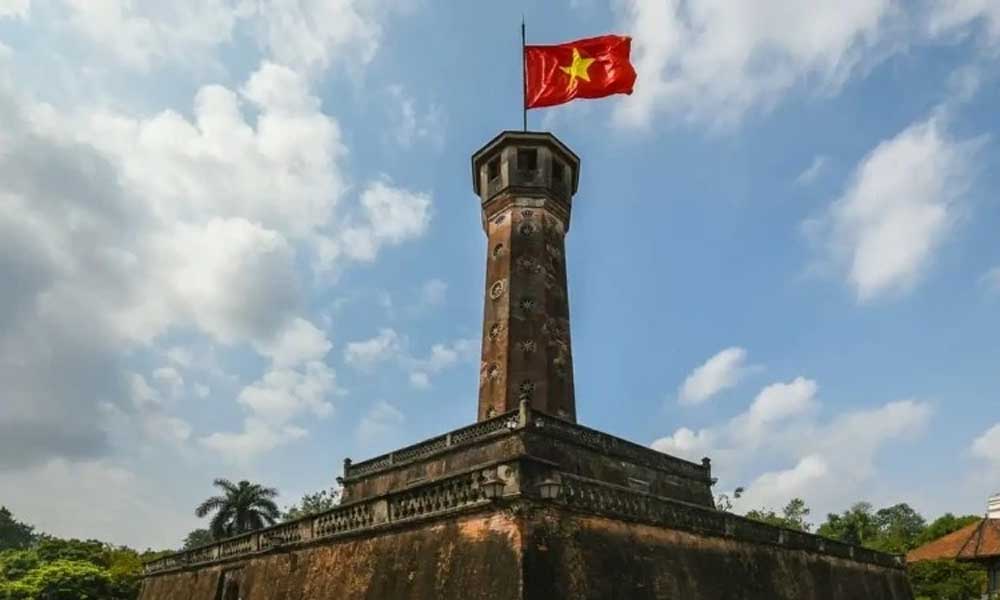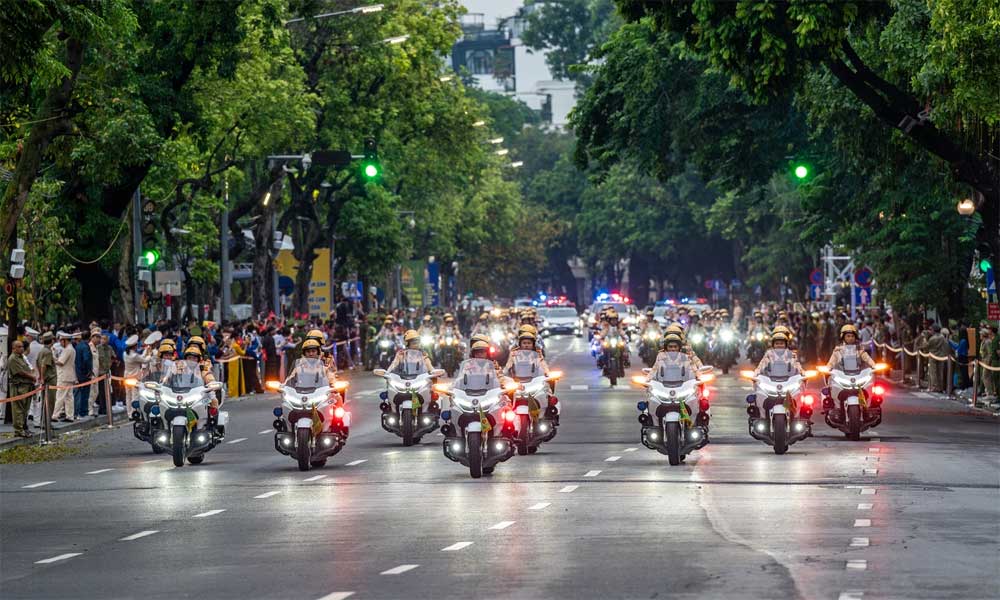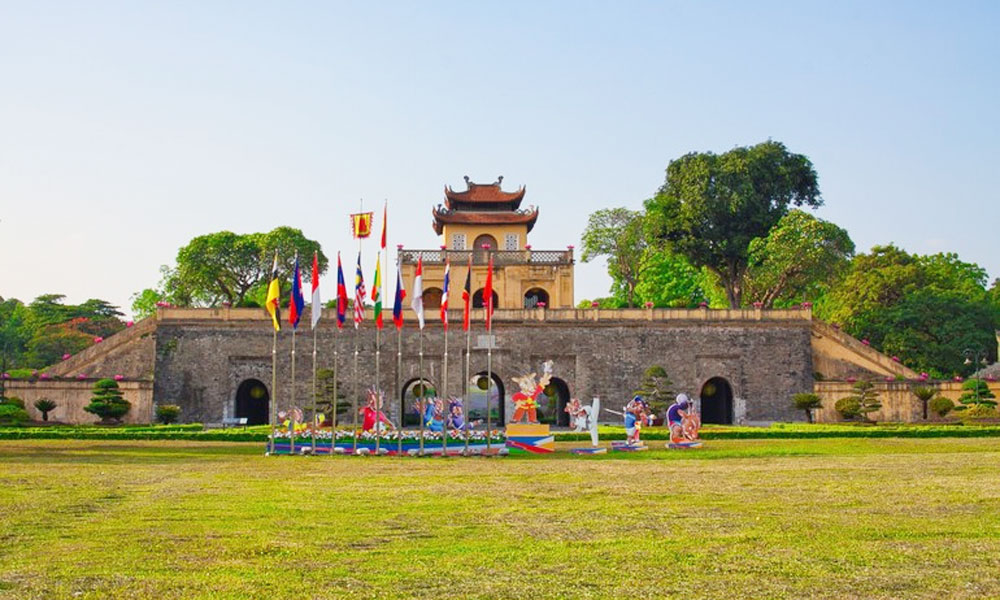Thang Long Imperial Citadel holds exhibitions to celebrate August Revolution and National Day
On August 19, at the Thang Long Imperial Citadel relic site (Ba Dinh Ward, Ha Noi), the Thang Long–Ha Noi Heritage Conservation Centre will coordinate with relevant units to organise a series of three exhibitions to mark the 80th anniversary of the August Revolution (August 19, 1945 – August 19, 2025) and the National Day of the Socialist Republic of Viet Nam (September 2, 1945 – September 2, 2025).
For the exhibition “House and Bunker D67 – Journey to the Day of Complete Victory”, the Thang Long–Ha Noi Heritage Conservation Centre created content aiming to vividly interpret the role of House and Bunker D67 in the 1968–1975 period. The exhibition introduces over 300 documents and images.
 |
|
The Ha Noi Flag Tower is a source of pride for the capital’s residents. |
The revolutionary relic House and Bunker D67 is a construction of great historical significance in the Ho Chi Minh era. Built in secret in 1967, during the height of the fierce war, it was the venue for many important meetings of the Politburo and the Central Military Commission.
It also served as the workplace of the Commander-in-Chief and the Chief of the General Staff of the Viet Nam People’s Army throughout the resistance war against the United States and during the subsequent nation-building period.
The “Promoting the Value of the Cryptographic Bunker – General Staff” exhibition provides information through documentary films and a system of panels combined with narrated sound to give visitors the feeling of working inside the bunker at the time of many historic events.
This highlights the historical information on the role and activities of the Cryptographic Department – General Staff at the General Headquarters during the resistance war against the United States.
The Cryptographic Bunker – General Staff was built during the resistance war against the United States, playing an important role in enabling the General Headquarters of the Viet Nam People’s Army to maintain command, management, and control over military branches and fronts under the intense bombing of Ha Noi by the US Air Force.
Construction began on February 10, 1966, and was completed on June 30, 1966, spanning a total area of 37.2 m². It was most heavily used in December 1972.
The “Ha Noi Flag Tower – The Fatherland and the Aspiration for Peace” exhibition aims to honour and promote the value of an important historical relic that preserves the cultural and spiritual values of the capital’s residents and the Vietnamese people.
The Ha Noi Flag Tower was built by King Gia Long between about 1805 and 1812 at the extreme southern end of the central axis of Ha Noi Citadel, on the old foundation of Chu Tuoc Gate of the Le dynasty. The structure has a tower-like architecture with three square platforms, an octagonal body, and a flagpole at the top.
Under the Nguyen dynasty, on major festivals, full-moon days, and the first day of the lunar month, the flagpole flew yellow and red flags symbolising the sovereignty of the nation.
During the French colonial period, the French turned the Flag Tower into an observation post and communications station, and they flew the French flag as a symbol of colonial rule. On October 10, 1954, for the first time, the national flag of Viet Nam flew atop the Ha Noi Flag Tower, affirming an independent and self-reliant Viet Nam.
During the resistance war against the United States, the top of the Flag Tower served as an observation post for monitoring US bombing of Ha Noi.
Over its more than 200 years of history, the Ha Noi Flag Tower has witnessed important events in the struggle for national independence.
Today, the Ha Noi Flag Tower still stands tall, bearing the national flag at its peak, symbolising the capital and Vietnamese people’s spirit of independence, heroism, and aspiration for peace.
 Bắc Ninh
Bắc Ninh













Reader's comments (0)